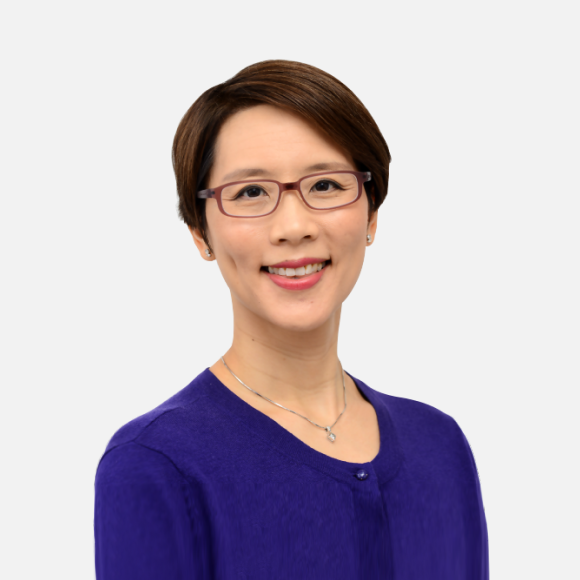
By Tim Nash, TFGI Insights Contributor
Since the launch of ChatGPT, AI has largely evolved through the use of Large Language Models, placing language at the core of its functionality. Despite this, the significance of language in AI is often underestimated. To fully grasp AI’s potential and address its challenges, we must reconsider our understanding of language. Language is not just a tool for communication but a fundamental component of human thought and perception.
Language influences not only how we communicate but also how we perceive the world around us and how we think about it. Approximately 150 years ago, George Boole considered it generally acknowledged that language is not just a means of communication but also an instrument of reason. Language serves as more than a medium for expressing our thoughts; it shapes the way we interpret and process our experiences. A deeper appreciation of language is thus essential for developing AI systems that are both effective and ethically sound.
The Role of Language in Shaping Perception
Language actively shapes our perception of reality. Our brains filter and interpret sensory information to create our mental representation of the world, and this process is influenced by the language we use. Different languages offer unique perspectives on the same phenomena, demonstrating how the language we use can alter our understanding.
Consider the blue pea flower, a common plant in Southeast Asia. The names it is given in various languages reflect different cultural perspectives:
- Malay speakers refer to it as “bunga biru” (the blue flower) and gave it the name “telang.”
- In English, it is known as the “blue pea.”
- Chinese speakers call it dié dòu (butterfly pea), due to the resemblance of its petals to butterfly wings.
- Tamil speakers describe it as sangu-poo (shell flower) or kakkanam (mussel creeper) based on its appearance.
These diverse names highlight how language shapes our understanding of even simple objects. When we express the same concept in different languages, it emphasises different aspects and connections, influencing how we feel, respond, and act. In today’s interconnected world, viewing issues from multiple linguistic perspectives can provide a more comprehensive understanding, and AI has the potential to facilitate this shift.
The Limitations of Current AI Models
While AI has advanced significantly, most language models are predominantly based on English and Mandarin. This narrow linguistic focus can constrain AI’s ability to understand and generate content across different cultural and linguistic contexts. As a result, AI systems may reinforce biases and present a limited view of the world.
For instance, the dominance of English in AI training data can lead to a skewed perspective that overlooks the nuances and contexts of other languages. This limitation underscores the need for a more inclusive approach to AI development, one that embraces linguistic diversity and reflects a broader range of human experiences.
Singapore offers a compelling example of how multilingualism can enhance AI development. With its four official languages—Mandarin, Malay, Tamil, and English—Singapore provides a unique dataset for cross-linguistic analysis. Projects like SEA-LION (South East Asian Languages In One Network) aim to integrate multiple languages into AI systems, demonstrating the benefits of incorporating diverse linguistic perspectives.
Embracing Linguistic Diversity
Rethinking our approach to language involves viewing it as a vital part of our collective identity rather than merely a cultural relic. In Singapore, languages like Mandarin, Malay, and Tamil are integral to national identity and unity. This perspective helps to foster a more inclusive approach to AI development.
Understanding language diversity also involves recognising that languages influence how we perceive and interact with the world. The poet Sū Shì, in his famous poem about Mount Lu 1000 years ago, captures this paradox: the shape of the mountain changes depending on where you are on the path, and the only place you can’t see its shape clearly is from the top. This illustrates the need for diverse viewpoints to fully comprehend complex issues.
By incorporating multiple linguistic perspectives, we can create AI systems that are more representative and effective. Singapore’s multilingual heritage provides valuable insights into how language diversity can shape and improve AI technology.
In conclusion, language diversity is crucial in shaping the future of AI. As we develop and refine AI systems, integrating a broad range of linguistic perspectives will enhance their relevance and effectiveness. Embracing linguistic diversity not only improves AI technology but also ensures that it serves a global audience more equitably. As we advance in AI development, understanding and valuing language diversity will be essential for creating technology that reflects the richness of human experience.
About the Writer
Tim Nash is the co-founder of a Singapore-based platform for learning, teaching, and assessing Chinese as a foreign language, serving clients in over 160 countries. With more than 30 years of international experience, he specialises in China, technology, and language.
The views and recommendations expressed in this article are solely of the author/s and do not necessarily reflect the views and position of the Tech for Good Institute.



